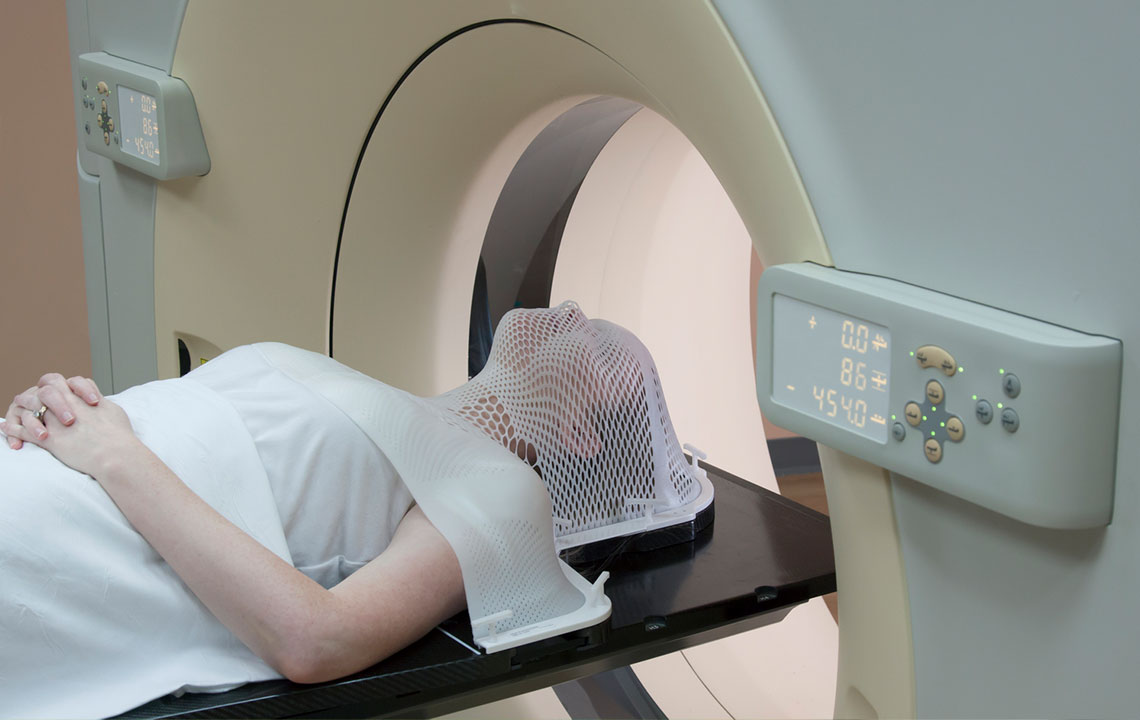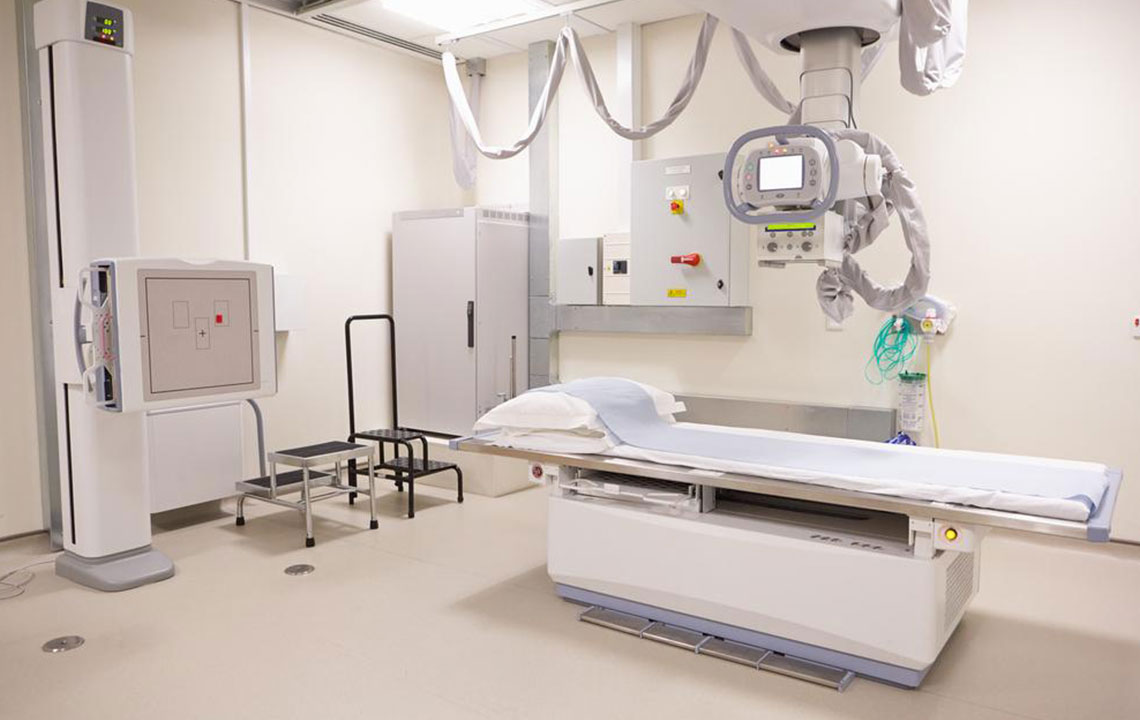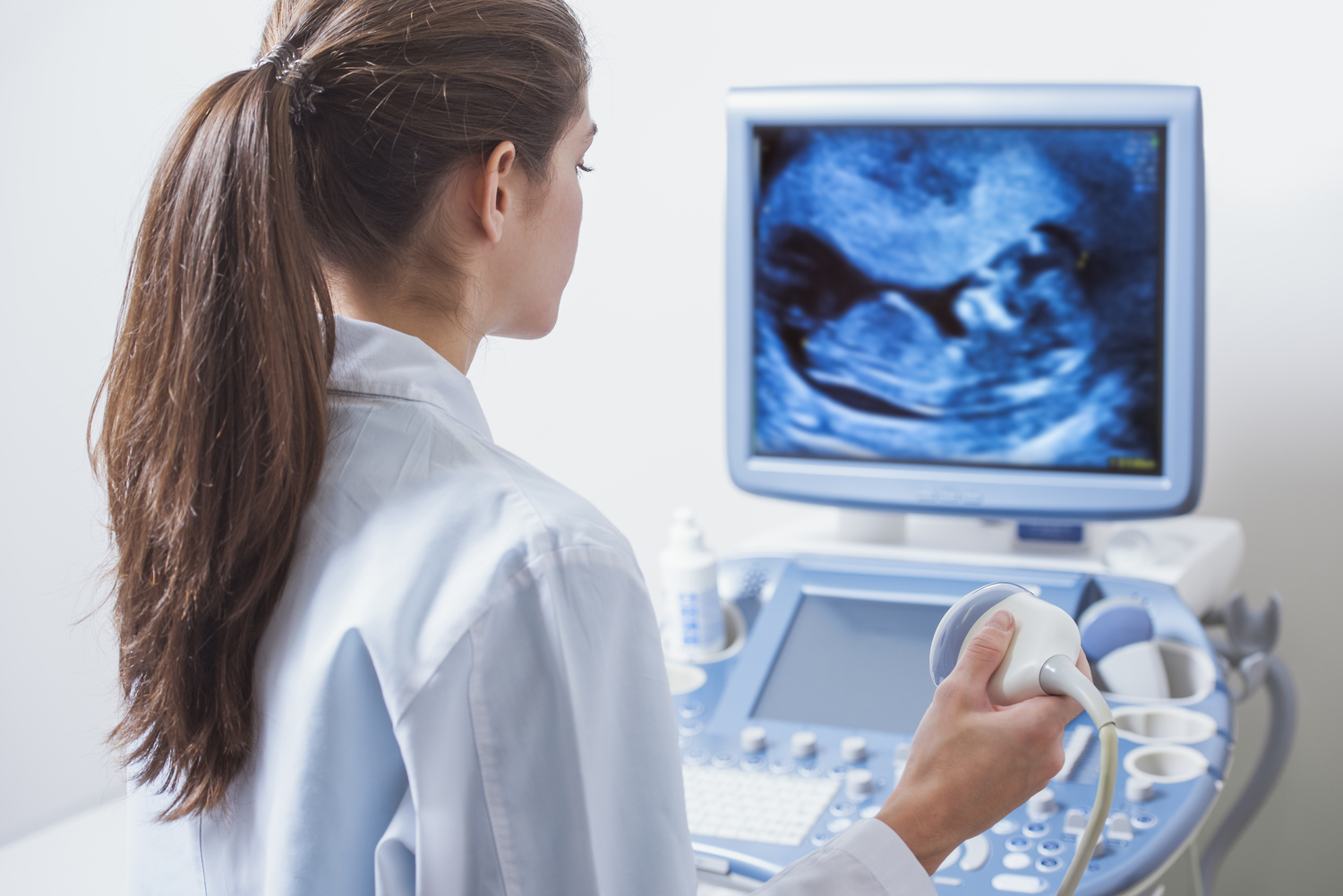Enhancing Medical Diagnosis Accuracy: Techniques and Innovations
This article explores advanced techniques in medical diagnostics, emphasizing AI innovations like chatbots, pathology tools, and facial recognition for rare diseases. It highlights the importance of accurate diagnosis, common pitfalls, and the evolving role of technology in improving patient outcomes and safety, making it a valuable resource for healthcare professionals seeking to enhance diagnostic precision.

Enhancing Medical Diagnosis Accuracy: Techniques and Innovations
Medical diagnosis involves procedures used by healthcare professionals to identify a disease or disorder, differentiating it from other conditions. This process aids in determining the correct treatment pathway by pinpointing the root cause of health issues. Traditionally, diagnostic methods include automated testing systems, biological reagents for identifying bacteria or viruses, and software for analyzing test results.
Diagnostic tests are vital tools that detect diseases, infections, and medical conditions. These often involve analyzing blood or tissue samples to identify infectious agents and inform suitable treatments.
Significance of Medical Diagnostics
Enhancing patient outcomes through early detection and screening, preventing complications.
Ensuring product safety in food, pharmaceuticals, and cosmetics by verifying quality.
Optimizing treatment costs by enabling precise and effective medical interventions.
Diagnostic Process Stages
The diagnostic journey varies based on the condition's complexity. Some illnesses require simple initial assessments, while others necessitate comprehensive testing to determine the underlying cause. Accurate diagnosis is crucial; errors can lead to misdiagnosis, emphasizing the importance of understanding diagnostic steps and avoiding system or cognitive mistakes.
Researchers categorize diagnosis into three key phases:
Initial Assessment: Collecting patient history, conducting physical exams, evaluating symptoms, and ordering preliminary tests.
Testing and Interpretation: Performing diagnostic tests, analyzing results, and discussing findings with the patient.
Follow-up and Treatment: Monitoring treatment success, consulting specialists, and managing patient discharge.
While this flow is ideal, missteps can occur, often mitigated through differential diagnosis—an important method when standard tests are inconclusive, combining clinical data and patient information.
The Role of Differential Diagnosis
Used when routine methods fail, differential diagnosis integrates symptom evaluation, medical history, and risk factors to arrive at the correct diagnosis. Its effectiveness depends on the accuracy of initial steps, as errors in early stages can affect the final diagnostic decision.
Common Causes of Diagnostic Errors
Inefficient use of health information technology
Poor communication between healthcare providers, patients, and families
Systemic healthcare workflow issues
Advances in medical science and artificial intelligence (AI) aim to reduce these errors. Machine learning tools are now supporting doctors to improve diagnostic precision across various fields.
AI-Driven Diagnostic Innovations
Chatbots: AI conversational agents with speech recognition help identify symptoms and suggest diagnoses, enhancing early detection.
Pathology: AI augments lab-based diagnosis by assisting pathologists in achieving higher accuracy in analyzing biological samples.
Oncology: Deep learning algorithms recognize cancerous tissues similarly to trained specialists, aiding early cancer detection.
Rare Disease Detection: Facial recognition software analyzes facial features to identify phenotypes linked to rare genetic disorders, supporting diagnosis in complex cases.









